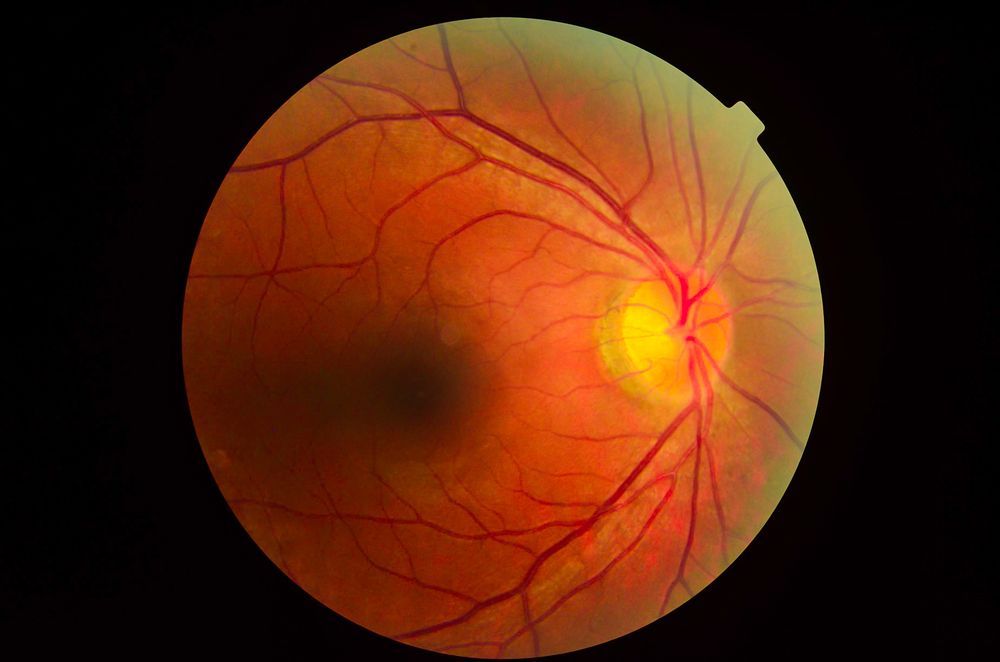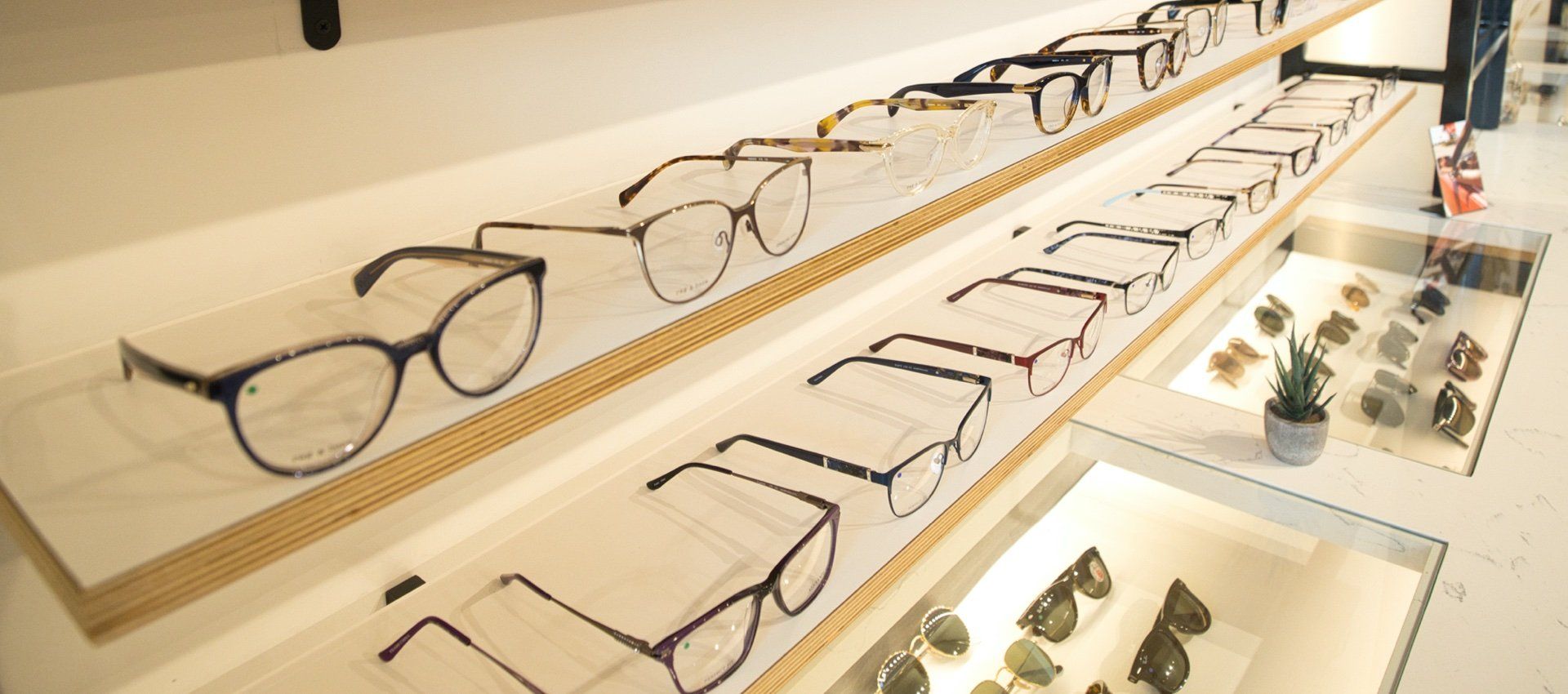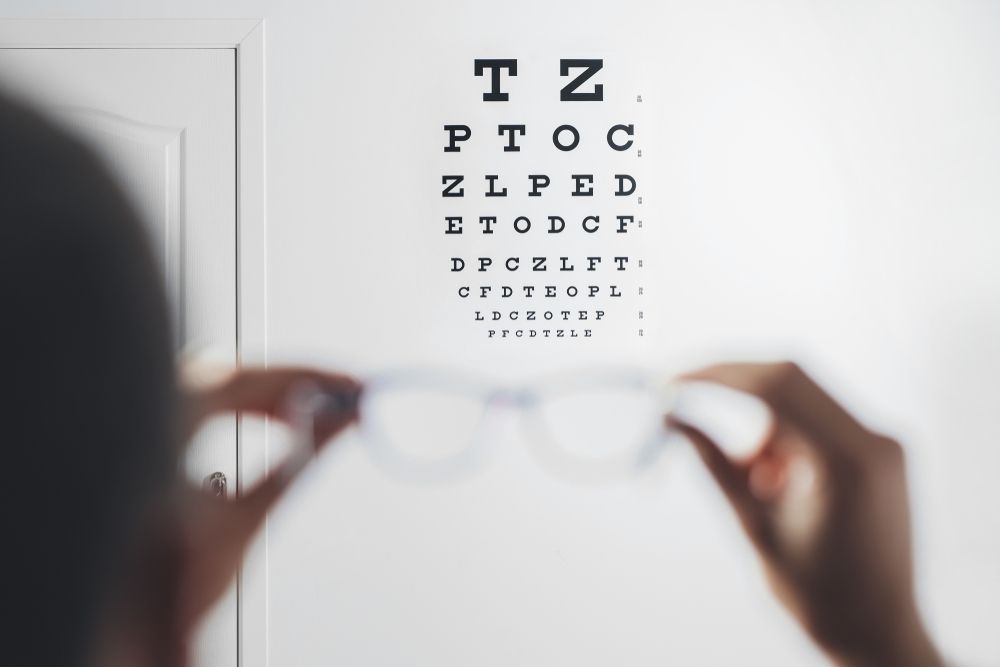In today’s digital world, screens are everywhere. Whether working on a computer, scrolling through a phone, or watching television, people spend more time than ever looking at digital devices. While technology offers many conveniences, prolonged screen use can lead to digital eye strain, also known as computer vision syndrome.
If you have ever experienced tired, dry, or blurry eyes after hours of screen time, you are not alone. The good news is that digital eye strain is manageable with a few simple adjustments. Understanding its causes and symptoms can help you protect your eyes and maintain comfortable vision throughout the day.
What Is Digital Eye Strain?
Digital eye strain is a group of symptoms caused by prolonged exposure to screens, affecting people of all ages. It occurs when the eyes work harder than usual to focus on digital text, adjust to screen brightness, and handle the blue light emitted by devices.
Unlike printed text, digital screens often have glare, flickering light, and inconsistent contrast, making them more difficult to read. As a result, the eye muscles must constantly refocus, which can lead to strain and discomfort over time.
Common Symptoms of Digital Eye Strain
Symptoms of digital eye strain can vary from person to person, but they often include:
- Eye fatigue or tired, heavy eyes after prolonged screen use
- Dry or irritated eyes due to reduced blinking while staring at a screen
- Blurred or double vision when shifting focus between near and far objects
- Headaches caused by excessive focusing or glare from the screen
- Neck, shoulder, or back pain from poor posture while using digital devices
- Increased light sensitivity or difficulty adjusting to different lighting conditions
Many people do not realize that digital eye strain is temporary and can be relieved with simple lifestyle adjustments. However, if symptoms persist, they may indicate an underlying vision problem that requires attention.
Causes of Digital Eye Strain
Several factors contribute to digital eye strain, including:
- Extended screen time. Staring at a screen for hours without breaks puts extra stress on the eyes.
- Reduced blinking. People tend to blink less when looking at screens, leading to dry, irritated eyes.
- Poor lighting. Glare from screens or bright overhead lights can make it harder for the eyes to focus comfortably.
- Improper screen distance. Sitting too close to or too far from a screen forces the eyes to work harder.
- Uncorrected vision problems. Issues such as nearsightedness, farsightedness, or astigmatism can worsen eye strain if not properly addressed.
How to Prevent Digital Eye Strain
While digital screens are a part of daily life, there are several ways to reduce eye strain and keep your vision comfortable.
1. Follow the 20-20-20 Rule
One of the simplest ways to relieve digital eye strain is the 20-20-20 rule. Every 20 minutes, look at something 20 feet away for at least 20 seconds. This brief break allows your eyes to relax and prevents fatigue.
2. Blink More Often
Blinking helps moisturize and refresh the eyes. Try to blink fully and frequently, especially when working on a computer or reading on a phone. If dry eyes are a concern, consider using artificial tears to keep your eyes lubricated.
3. Adjust Your Screen Setup
- Position your screen at arm’s length and slightly below eye level.
- Reduce glare by adjusting screen brightness and using an anti-glare screen protector.
- Use proper lighting to avoid harsh reflections on your screen. A soft desk lamp can help reduce strain.
4. Use Blue Light Filters
Many devices now include a blue light filter mode that reduces the amount of blue light emitted. Wearing blue light-blocking glasses can also help if you spend long hours in front of a screen.
5. Schedule Regular Eye Exams
If digital eye strain is a recurring issue, an eye exam can help identify any underlying vision problems. Prescription glasses or specialized lenses designed for screen use can improve comfort and reduce strain.
When to See an Optometrist
If you experience persistent eye discomfort, frequent headaches, or ongoing blurry vision, it is a good idea to schedule an eye exam. One of our optometrists can assess your vision, recommend solutions, and help you create a plan to keep your eyes comfortable while using digital devices.
We understand how important screen time is for work and daily life. Our goal is to help you maintain healthy vision while using digital devices comfortably. If you have concerns about digital eye strain, we are here to help.
Call us at 580-233-7333 or book an appointment online to discuss your eye health today.











